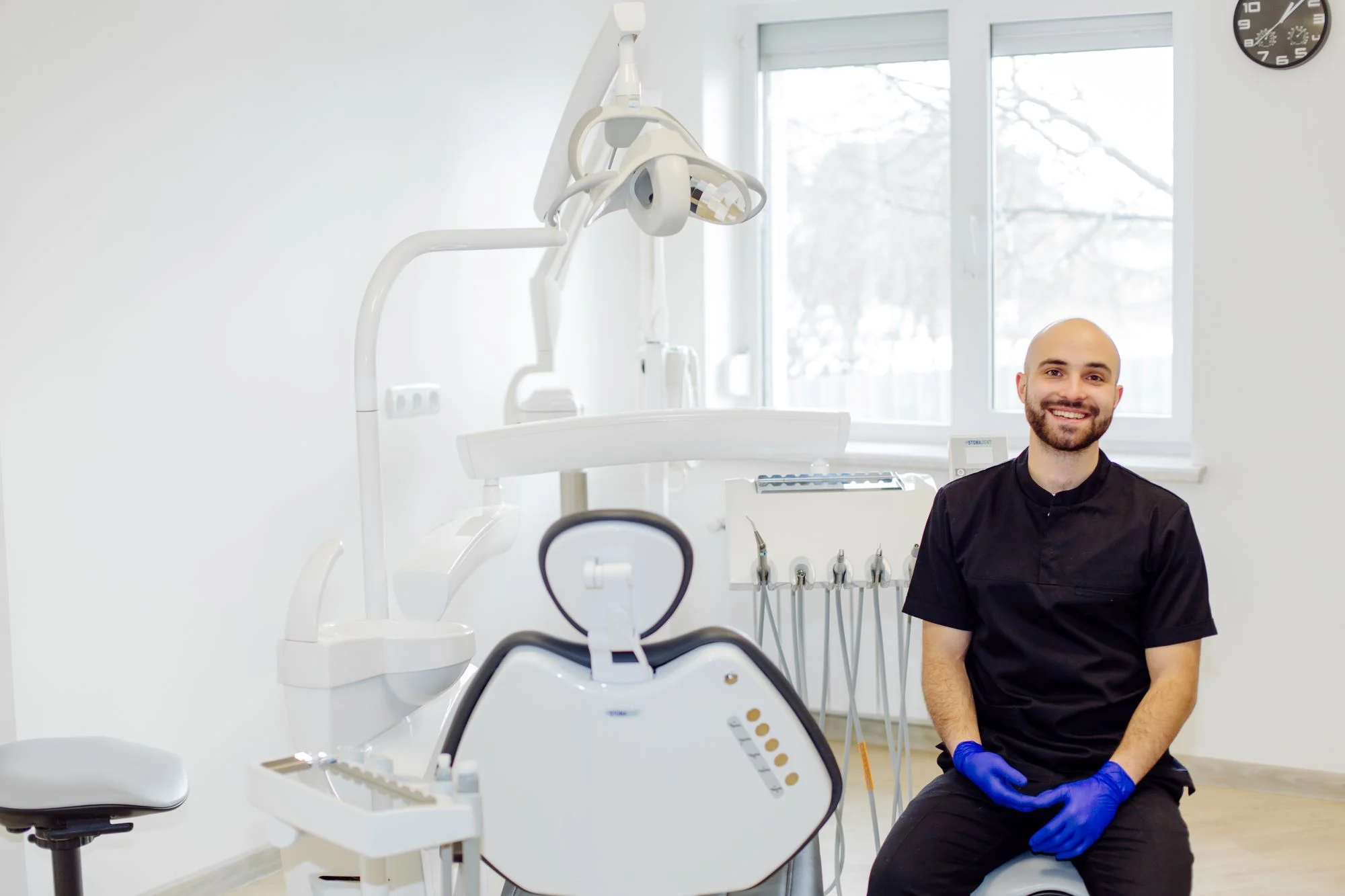Sorry! Page Not Found
The page you are looking for can´t de found. Try using the menus or contact us by filling the form below. We will get in touch with you shortly.

The page you are looking for can´t de found. Try using the menus or contact us by filling the form below. We will get in touch with you shortly.
